Author Kevin Rush answers the question, “If I Saw the Movie, Should I Read the Book?”
Among film noir afficionados, of whom I can’t claim to be one, Ride the Pink Horse has gained near mythic status. That high regard might be due as much to its limited availability for viewing as for its quality. If you want “in” among the “in-the-know” noir buffs, you have to have ridden this particular carousel. (Y’know, kind of the way you can’t talk seriously about Big Foot unless you’ve seen him in the wild.) Yet, beyond being a necessary box to check, Pink Horse is undoubtedly a quality film.
Released in 1947, it’s an exemplar of what the Golden Age studios could do with a tight script and fine actors on a low budget. Pink Horse hooks the viewer and keeps up the tension for its 101 minute run-time, then delivers a satisfying, bittersweet conclusion reminiscent of Casablanca. But if you’re among the lucky few who’ve been able to see Ride the Pink Horse (more on that later), is it worth your time to read the book?
Readers of this column know I’ve asked that question a few times before, including with another Dorothy Hughes project, and the answer is always subject to personal taste. As goes my taste, I’d highly recommend Hughes’ noir novel, which is even more gritty, suspenseful, and noir-ish than the film adaptation.
Classic Actor/Director proves his mettle
Ride the Pink Horse stars Robert Montgomery, best known these days as the father of America’s favorite TV witch. He’s also remembered for being a stalwart Hollywood Republican, back when such out-of-the-closet actors could still have a career. But, back in the day, Bob Montgomery was a prolific B-plus movie actor, whose best films include the original Mr. and Mrs. Smith (1941, directed by Alfred Hitchcock) and Here Comes Mr. Jordan (1941, remade as Heaven Can Wait, starring Warren Beatty in 1978).
Montgomery also directed six films, five of which he starred in. These include the World War II classic, They Were Expendable (1945, starring John Wayne) and Lady in the Lake (1946). In Lady, Montgomery plays Raymond Chandler’s private eye, Philip Marlowe, and employs an odd technique that shows everything from Marlowe’s POV. That choice, IMHO, makes for very uncomfortable viewing.
In directing Pink Horse, Montgomery abandons the costly experiment that undermined Lady. And he shows that he was paying attention when Hitchcock directed him. Shot selection, framing, and pacing all contribute to the tension of the story, which builds to a gripping climax. The unfolding drama is so enticing, one hardly notices the cheap set, which at times looks like a community theater production.
A familiar post-World War II suspense thriller
The plot of Ride the Pink Horse is fairly simple. Lucky Gagin (Montgomery), a WWII combat veteran and fringe mob guy, has a score to settle with Mr. Hugo (Fred Clark), a corrupt businessman who got rich during the war while better men gave their lives. To cover up his corruption, Hugo did a bad thing, which Gagin is determined to set straight.
The confrontation takes place in a mostly Mexican town within the American southwest during a fiesta which has filled the small town beyond its capacity. While Hugo enjoys a suite at a luxury hotel, Gagin must seek shelter among the poor of the street. Most notably, Gagin falls in with Sancho, an affable carnie, who owns the carousel called Tio Vivo that entertains the children. He also meets Pila, a beautiful young girl from a nearby town, whom he treats to a carousel ride, lunch, and a makeover.
Without spilling the tea, the climax of Pink Horse, like Notorious, is haunting, subdued, and personal. It comes down to a contest of wills, not brute strength or explosive weaponry, which is refreshing in this age of bombastic pyrotechnics. Unfortunately, the resolution intrudes upon, rather than resolves, that conflict, and this is the greatest weakness in the film.
The cast—also featuring Wanda Hendrix, Thomas Gomez, and Andrea King—is uniformly excellent. Hendrix is stunningly beautiful in many closeups, and absolutely convincing as a waif. I particularly liked Clark as Hugo, the tough talking, but ultimately fragile, mob boss.
Hard-boiled noir with a glimmer of hope
At its core, Pink Horse is a familiar story of a not-so-bright, average guy, who’s not as tough as he thinks, going up against a powerful scoundrel who pulls the strings of an invisible, malevolent machine. It’s a standard plot in the noir canon, but is delivered in a fresh setting, far from the mean streets of America’s “great wrong places.” Usually, we wouldn’t expect our sullied hero to get out alive. In the noirest of noirs, our hero has made a fatal error, usually a false moral choice, which he cannot shake and which dooms him in the end. The corrupt machine is just too powerful and the system is too well rigged.
But this script, written by Ben Hetch (Notorious, 1946, and the original Scarface, 1932) and Charles Lederer (His Girl Friday, 1940, and Kiss of Death, 1947) gives Gagin an ally from elsewhere in the system. Naturally, our hero would rather go it alone. But his unwelcome ally is determined to make the system work as designed, in support of the little guy. The result is noir with less cynicism and more than a glimmer of hope.
I recommend that anyone with an interest in 1940s film noir see Ride the Pink Horse. As I noted earlier, it’s a tough horse to corral. But, if all else fails, our comrades in Russia have pirated it for your viewing pleasure. Use that link at your discretion and may the web surfer beware.
A solid thriller from a prolific author
Now, what about the novel on which this film is based? I came across the book on a recent trip to Barnes & Noble. Since I had so thoroughly enjoyed In a Lonely Place, I simply had to buy. I was not disappointed. As with Lonely Place, Dorothy B. Hughes puts us inside the mind of a desperate individual and makes us privy to his desires, urges, resentments, and sudden bursts of sentimentality. Hughes’ protagonist is simply called Sailor. His opponent is Senator Douglass, whom he calls “the Sen,” and his unwanted ally is called McIntyre.
The basics of the plot remain the same. Sailor comes to a remote southwestern town in search of the Sen. Because of fiesta, Sailor can’t find a hotel room, and must spend most of his time on the street and in the plaza. There he meets Sancho, who becomes his friend and resource in a time of crisis. Sailor’s relationship to Pila is more pronounced in its love-hate dichotomy than in the film, and the reader would not expect Wanda Hendrix to play her.
Another point at which the film and book diverge is the presence/absence of the ever-popular femme fatale. In the movie, Hugo’s female companion is a scheming, grasping beauty playing both sides of the showdown. But in Hughes’ novel, the Sen’s object of affection, strikes Sailor, who views her only from a distance, as a figure of purity, and decency. She breathes rarified air, at heights unattainable for a street thug like Sailor or a chiseler like the Sen.
Overall, the book is a much grittier affair. Hughes chronicles Sailor’s discomfiture in agonizing detail, as he deals with the indignities of being without a room. Hughes also pulls no punches about Sailor’s racist attitudes towards Mexicans and Indians.
Plus, the book gives a detailed backstory for Sailor, the Sen, and McIntyre. In the film, Gagin meets Hugo and the McIntyre figure for the first time. Their encounters are immediate and potent, but there’s no history between them. The book draws on decades of interactions to build Sailor’s tension to a breaking point. Hughes artfully raises the stakes of Sailor’s predicament to an explosive climax, which in the truest noir fashion, was darkly inevitable.
Sailor’s story is a tragedy of a lug who had a way out, but refused to take it, because taking it would have betrayed the stubborn choice he’d embraced. Readers who enjoy unvarnished realism, taut suspense, and heartbreaking tragedy will find every reason to Ride the Pink Horse, even after giving the film a whirl.
Disclaimer: Links on this page might be affiliate links. When you click on an affiliate link and make a purchase, this website receives a small commission at no extra cost to you. These commissions support our work, so we thank you in advance.

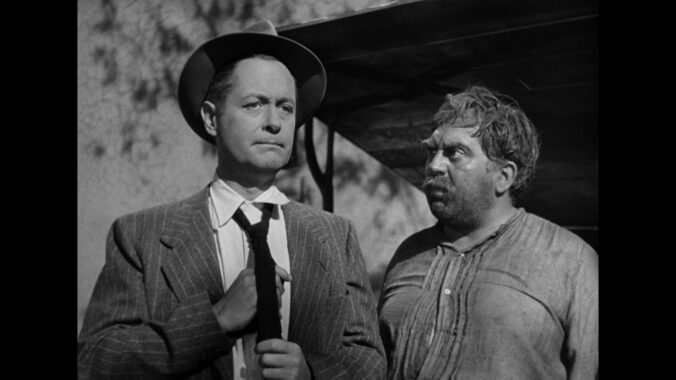
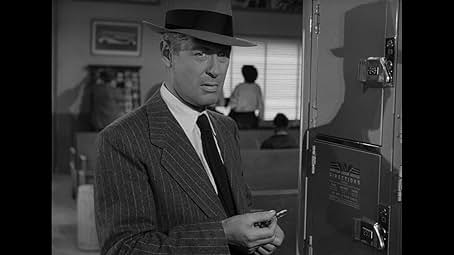
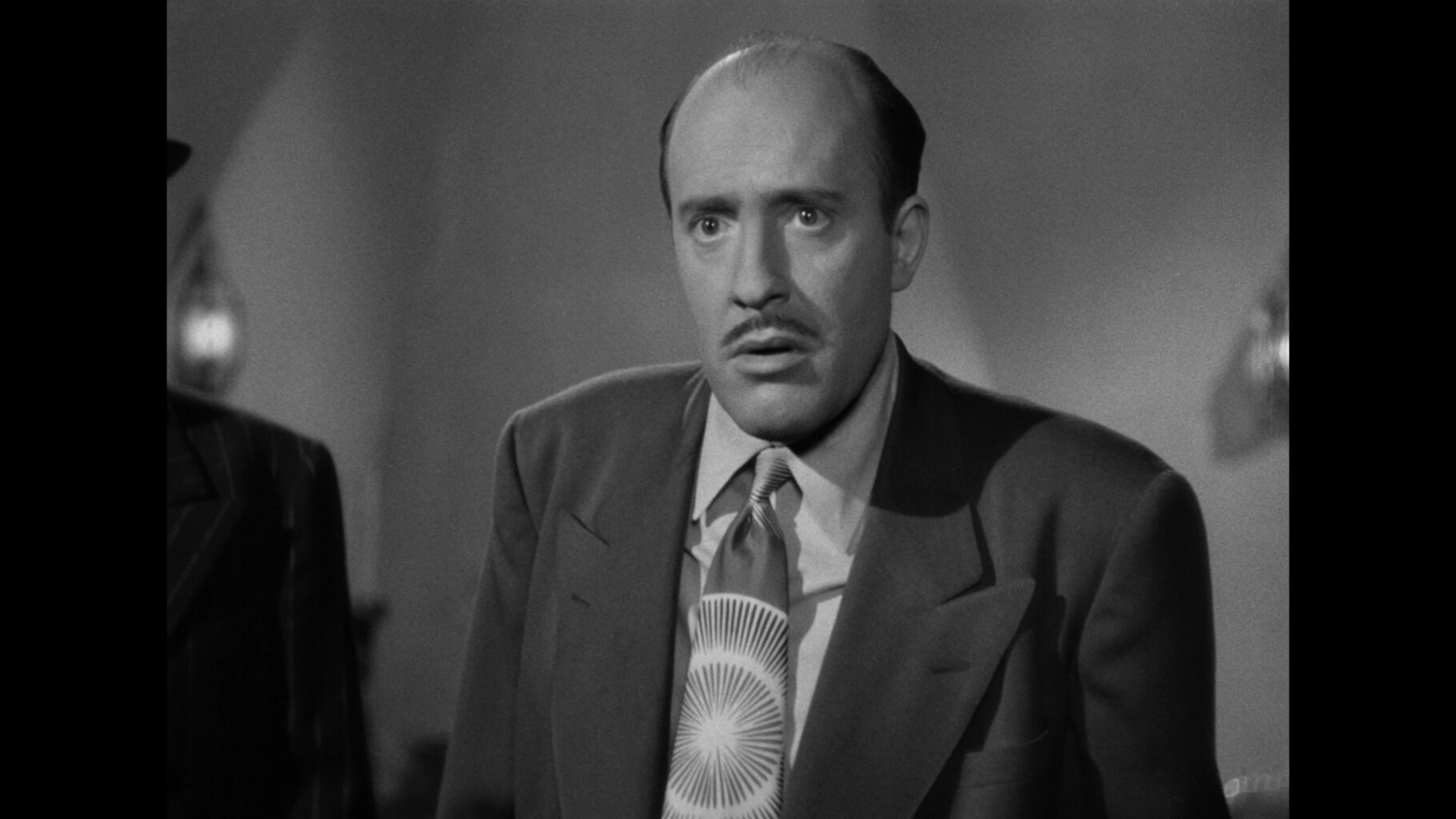
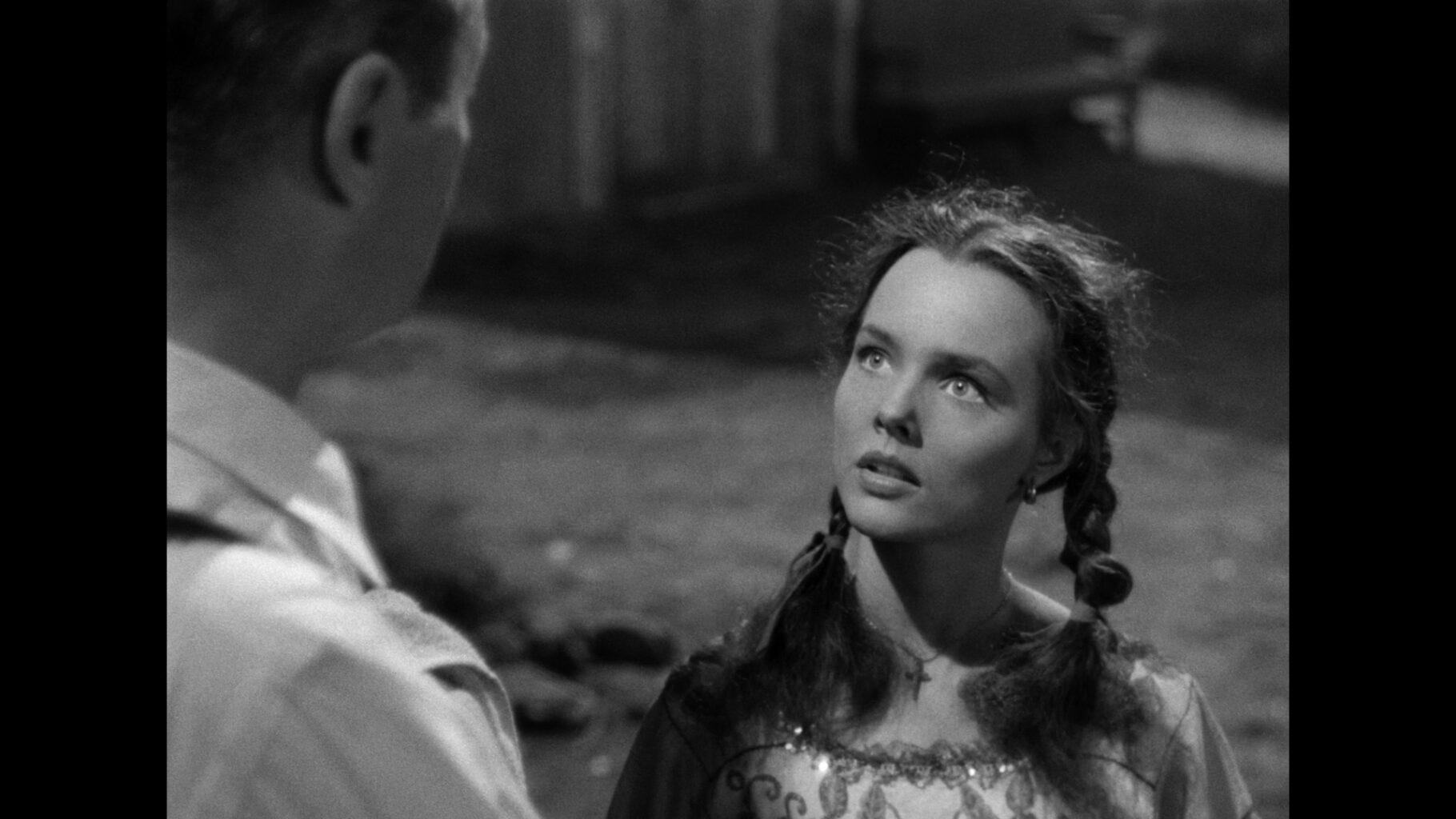
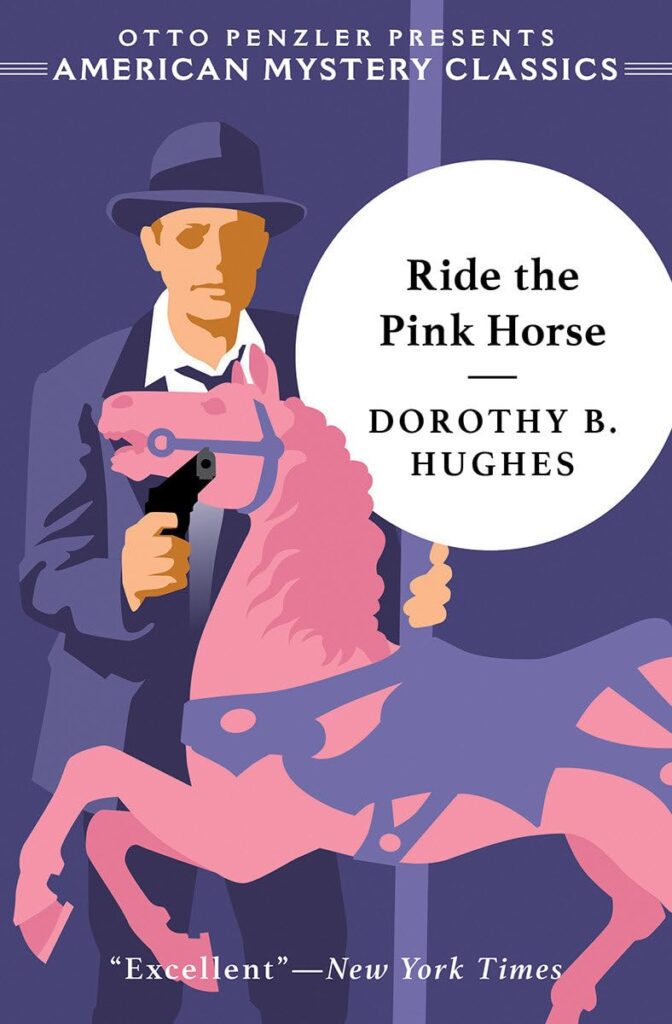
Recent Comments